Visiting an open-air museum in the middle of a Norwegian winter might sound like madness, but Lillehammer’s Maihaugen proves otherwise.
Even when its historic houses are buried in snow and the costumed guides are long gone, this remarkable museum still tells the story of Norway’s people and culture in vivid detail.
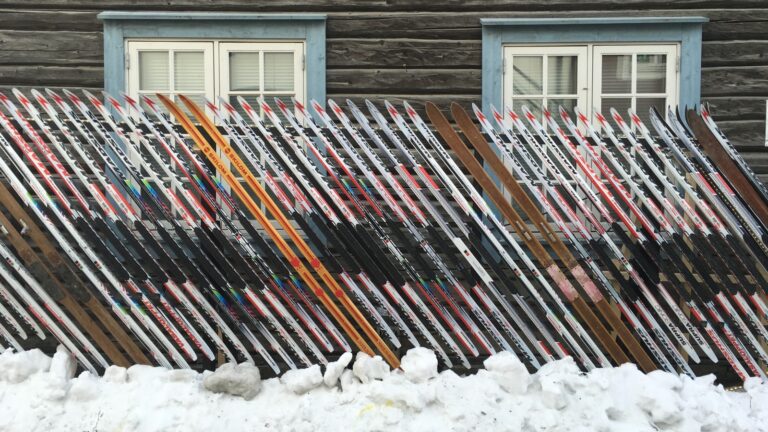
Maihaugen is one of Norway’s largest and best-known open-air museums, home to more than 200 historic buildings from across the country.
If you're planning a visit to Lillehammer, Norway's 1994 Olympic city, then a visit to Maihaugen is a must. Perhaps you're skiing at Hafjell or visiting the nearby family park? Either way, make sure to include Maihaugen on your list.
Inside Lillehammer's Maihaugen
It’s also a popular summer attraction, with actors bringing old trades and traditions to life.
In winter, though, the experience changes completely. The grounds are quiet, blanketed in snow, and most of the activity moves indoors where it’s warm and surprisingly engaging.
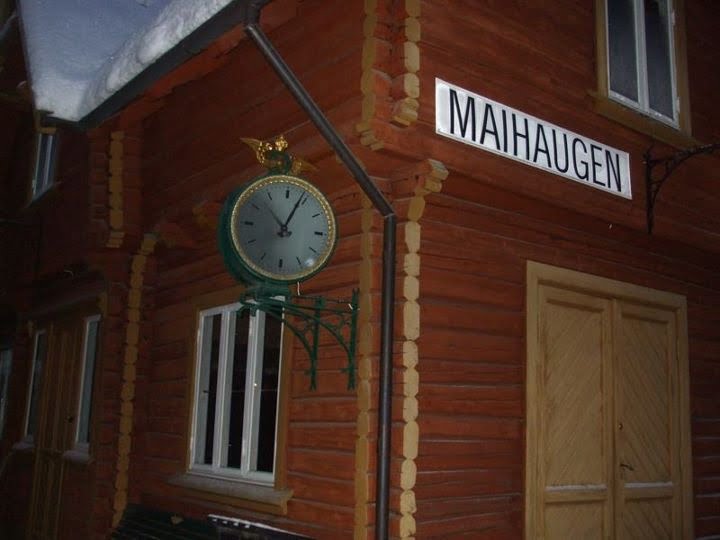
The main exhibition hall traces the history of Norway from the Viking Age to the modern day through films, soundscapes, and artefacts. The story of the 1814 Constitution and Norway’s long road to independence is particularly well told.
A recreated 1960s teenager’s bedroom, plastered with Beatles posters, shows how global culture suddenly arrived in a once-isolated country.
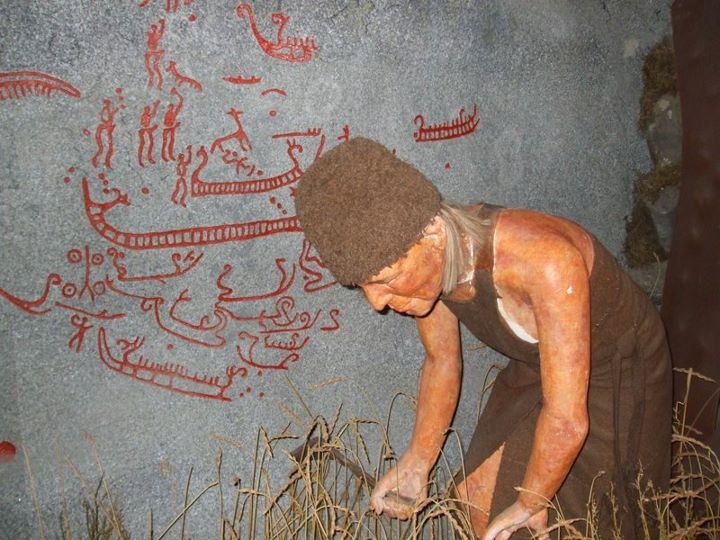
There’s also a smaller exhibition on traditional Norwegian crafts, featuring printing presses, tools, and old newspapers. It’s a fascinating glimpse into how everyday life evolved before electricity and automobiles transformed the country.
When it’s time to warm up, the museum café serves hearty Norwegian fare such as fish soup, and the gift shop offers quality local crafts and design items.
Exploring Outdoors
Although the live summer exhibits are closed in winter, visitors can still explore the outdoor grounds free of charge until 10pm.
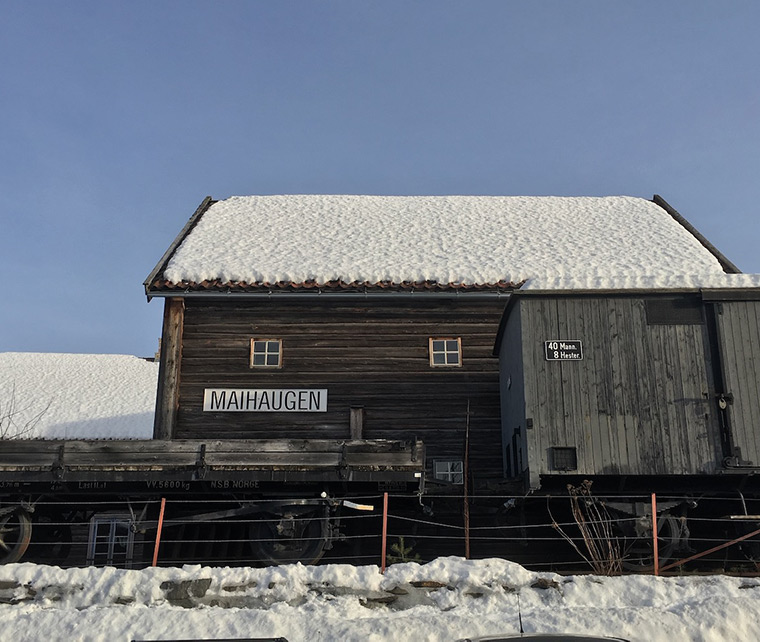
I’d recommend finishing up much earlier though, because daylight fades fast in Lillehammer’s cold season.
The open-air section feels like stepping into a frozen time capsule. Rows of wooden houses, farmsteads, and workshops stretch across the hillside, along with a recreated town complete with a train station and traditional shops.
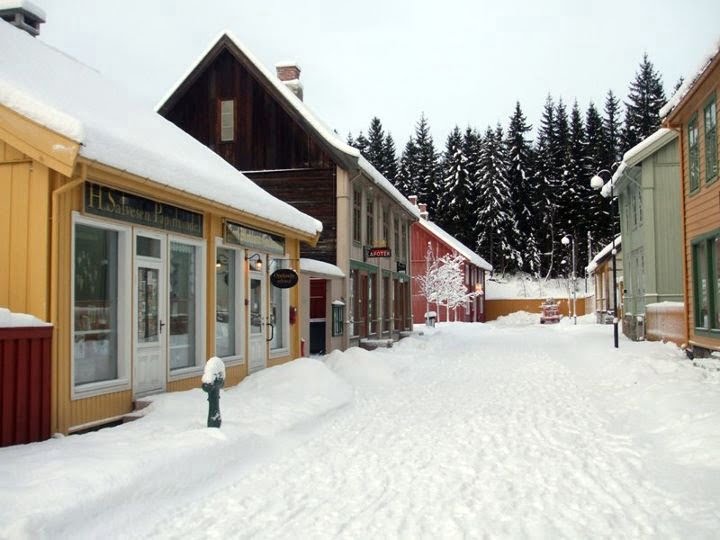
Even though the doors are locked for the season, it’s a beautiful and peaceful walk, especially if you enjoy photography.
The snow adds atmosphere to the rustic buildings and quiet paths, though it’s wise to dress warmly and bring water, even in sub-zero temperatures, dehydration can sneak up on you.
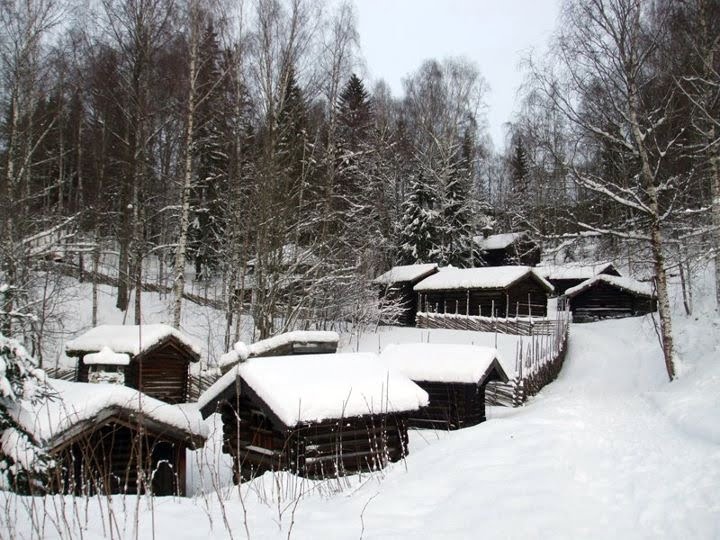
On my visit, I even met one of the resident horses, who didn’t seem to mind the snow at all (though I later noticed a half-buried sign warning: “the horse can bite”).
The Olympic Museum Bonus
One of the great surprises at Maihaugen is that your ticket also includes entry to the Norwegian Olympic Museum, housed within the same complex. It’s a perfect complement to the historical exhibitions showing how Norway’s cultural story extends into its sporting identity.
Lillehammer hosted the 1994 Winter Olympics, often remembered as one of the most charming and sustainable Games ever held. The museum celebrates not only that event but also Norway’s long-standing love affair with winter sports.
The exhibits take you through the history of the modern Olympic movement, from its revival in the 19th century to Norway’s dominance in skiing and biathlon. Interactive displays let visitors test their reflexes, balance, or shooting accuracy in a fun contrast to the quieter storytelling elsewhere at Maihaugen.
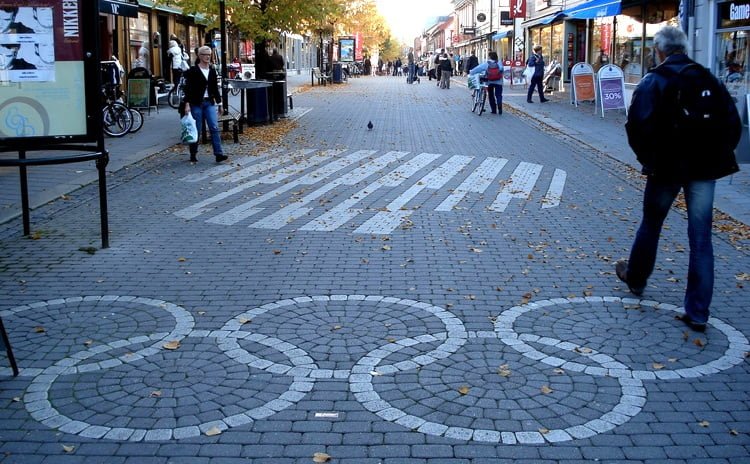
Highlights include footage and memorabilia from Lillehammer 1994 and Oslo 1952, Olympic torches and medals, and a powerful section on the athletes who have defined Norway’s sporting success.
Even for non-sports fans, it’s a fascinating glimpse into how sport and national identity intertwine in a country that practically lives on skis.
If you’re visiting Maihaugen in winter, the Olympic Museum is a warm, dynamic bonus and a reminder that Lillehammer’s legacy as a host city still shines three decades later.
Planning Your Visit
Maihaugen sits on a hillside just outside the centre of Lillehammer, about a 20-minute walk or a short bus or taxi ride from the train station. Even in winter, the museum is easy to reach, but be wary of icy streets.
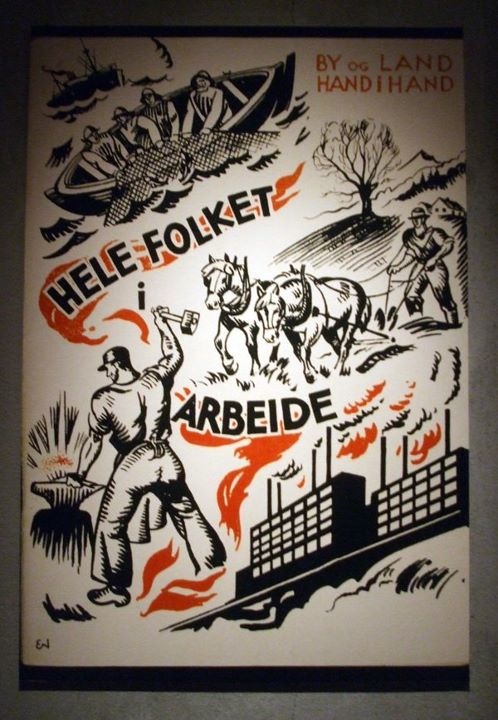
Once you’re there, everything you need is within the same complex, including cafés, restrooms, and the Norwegian Olympic Museum.
Tickets are valid for both museums and cost around NOK 175 in the winter season, when the open-air grounds are free to explore until late evening. While most of the historic houses remain closed until spring, the indoor exhibitions more than make up for it.
Current exhibitions include Look Through the Doors to Historical Houses (running through mid-May), Our World Heritage, Crossing Borders – Stories of Refugees, Dance Dance Dance: Rhythm – Music – The Joy of Dance!, and Impulses: Treasures from the Collection, which also features a fun Mission Impulses scavenger hunt for children.
Summer brings an entirely different experience, when Maihaugen’s doors swing open and the site comes alive with costumed interpreters, working farms, and demonstrations of traditional crafts. In spring and summer, tickets vary NOK 200-250.
In winter, though, you’ll find something just as special: the quiet beauty of the snow-covered village and the chance to explore Norwegian culture and Olympic history at your own pace, all within a few steps of each other.
Have you been to Maihuagen? I'd love to hear about your experience in the comments.


How much is the group entrance fee in July
Maihaugen’s a great sight, but I’m glad we went in summer.
Yes I really enjoyed our family visit in early January 2006, the snow was falling and it was a really enjoyable experience, highly recommended!